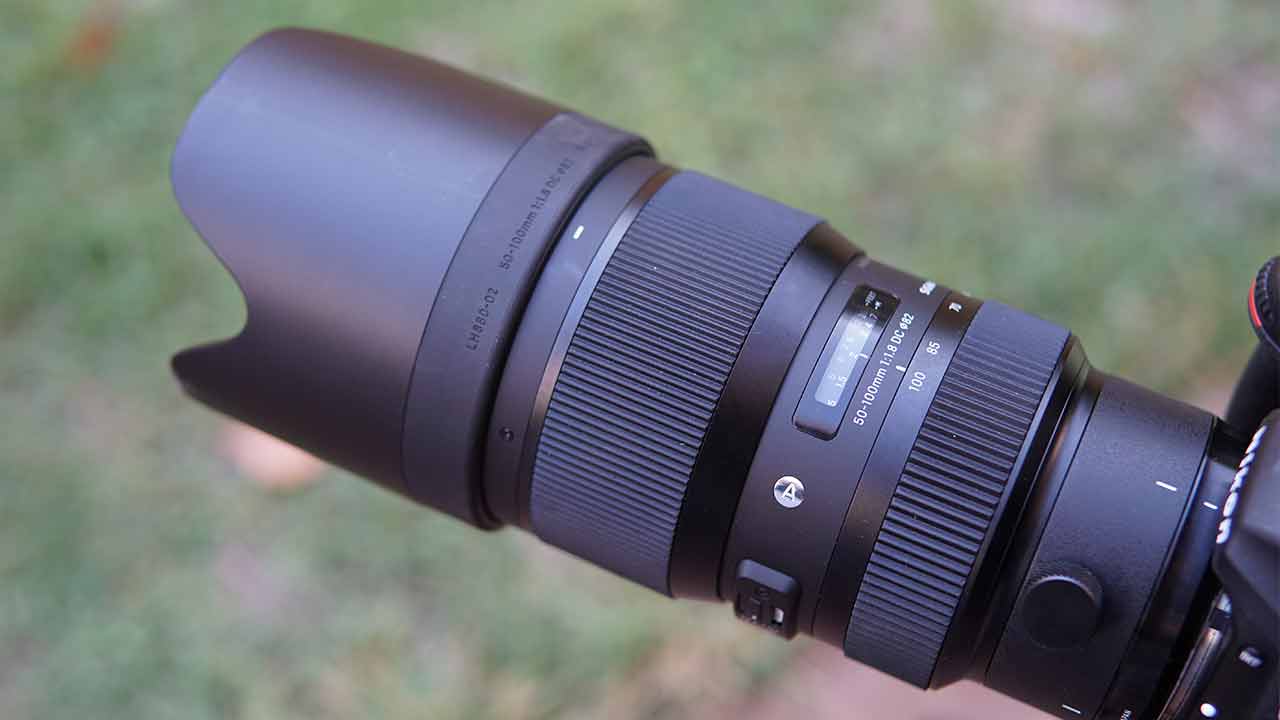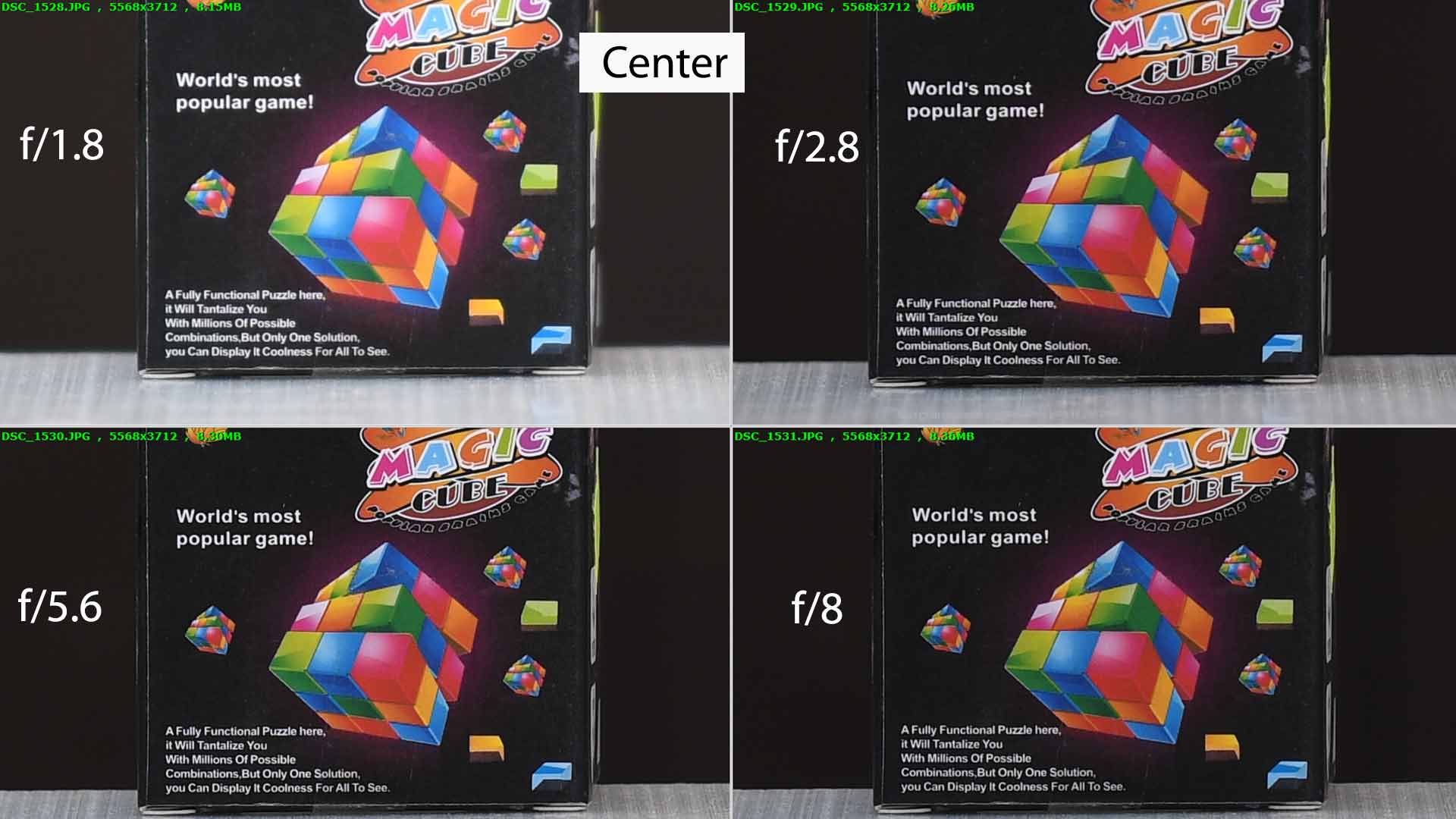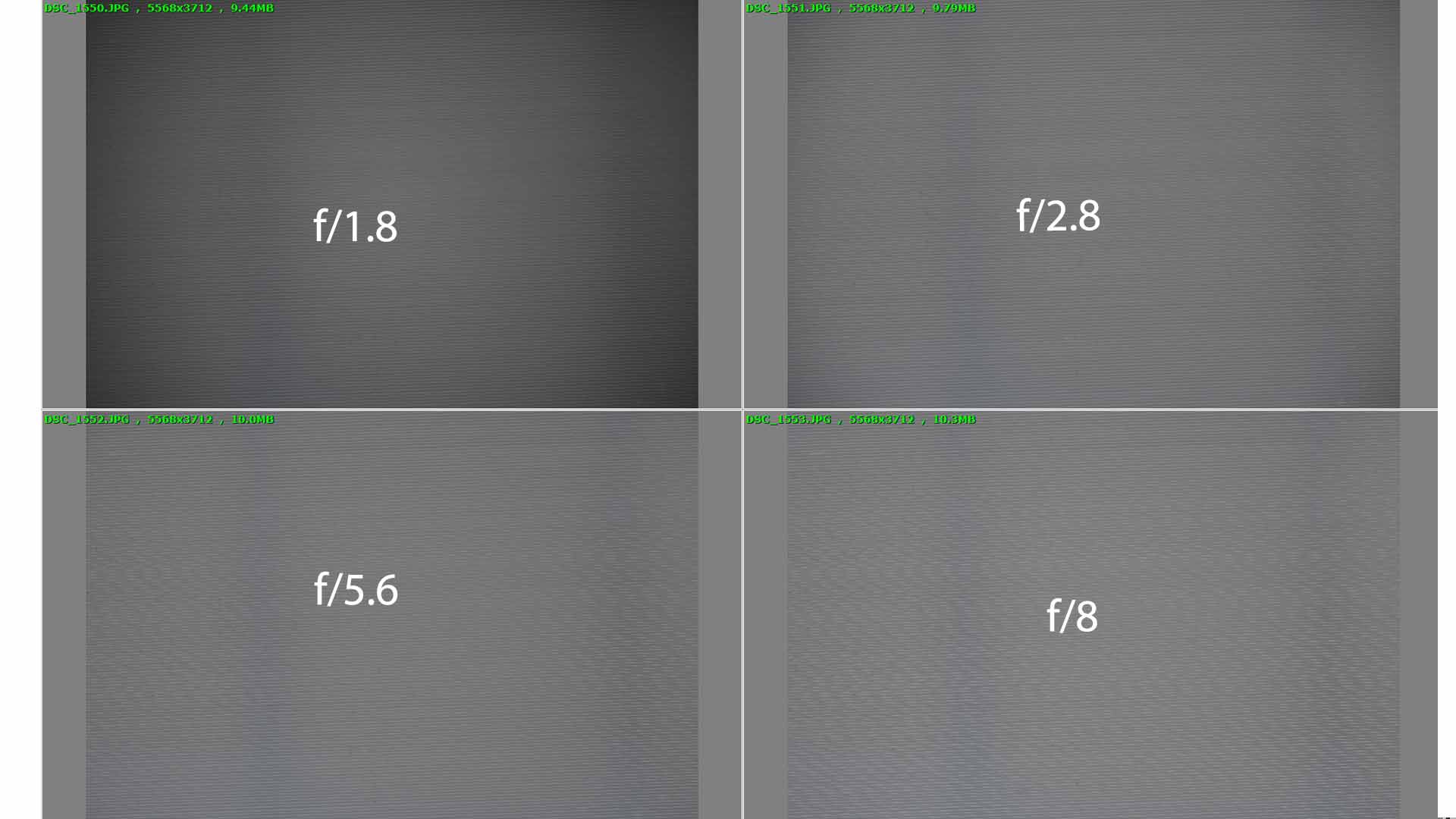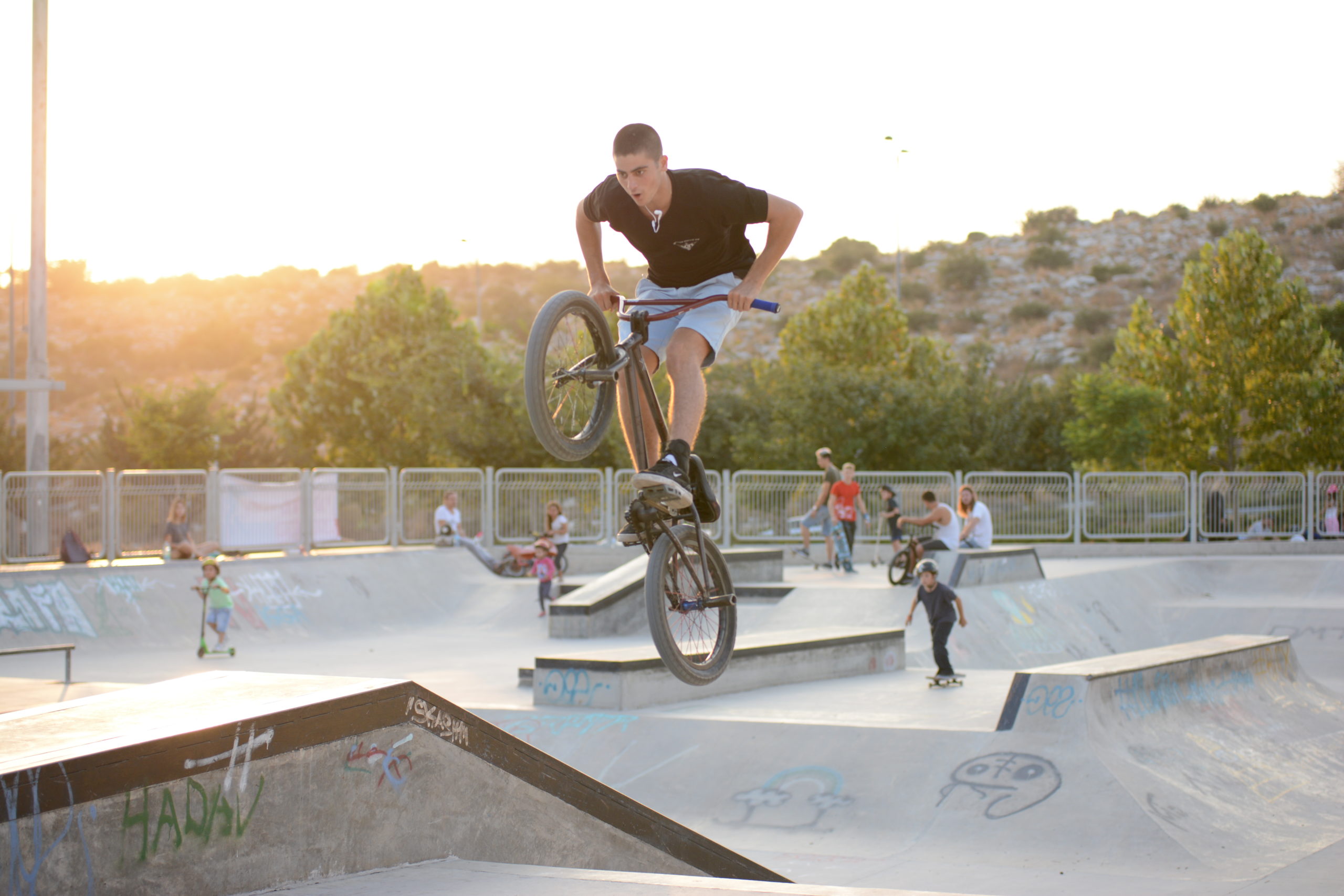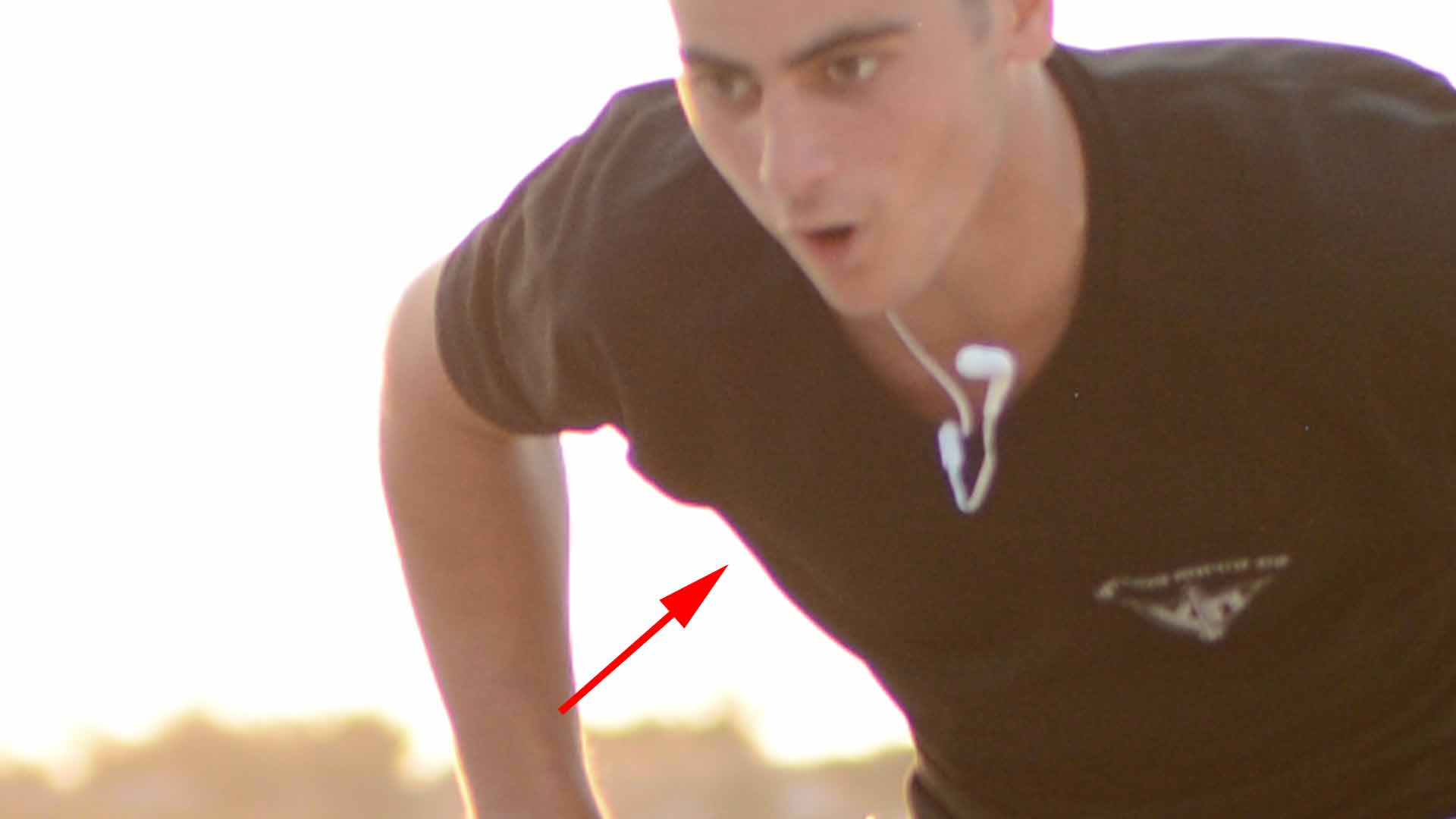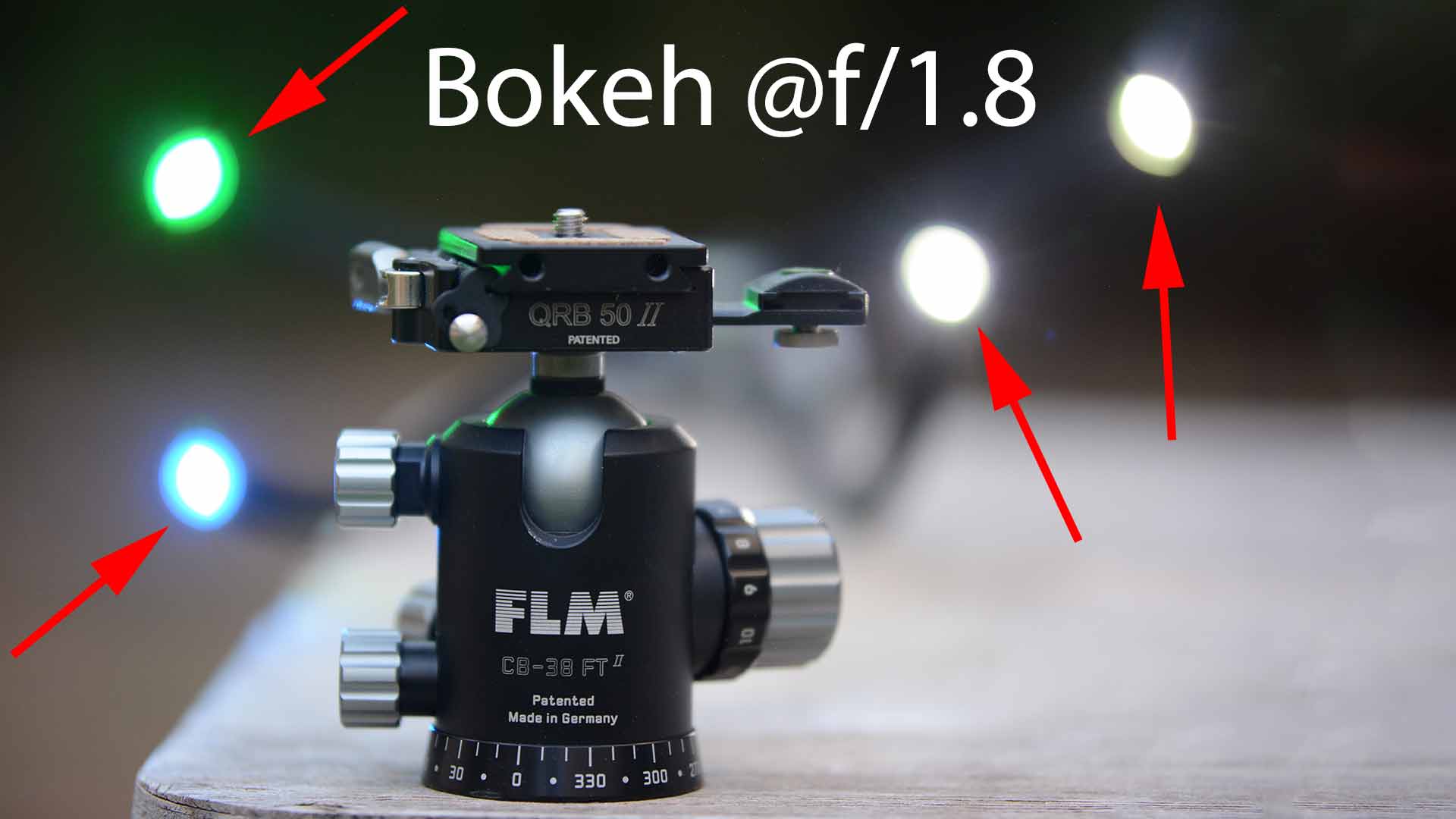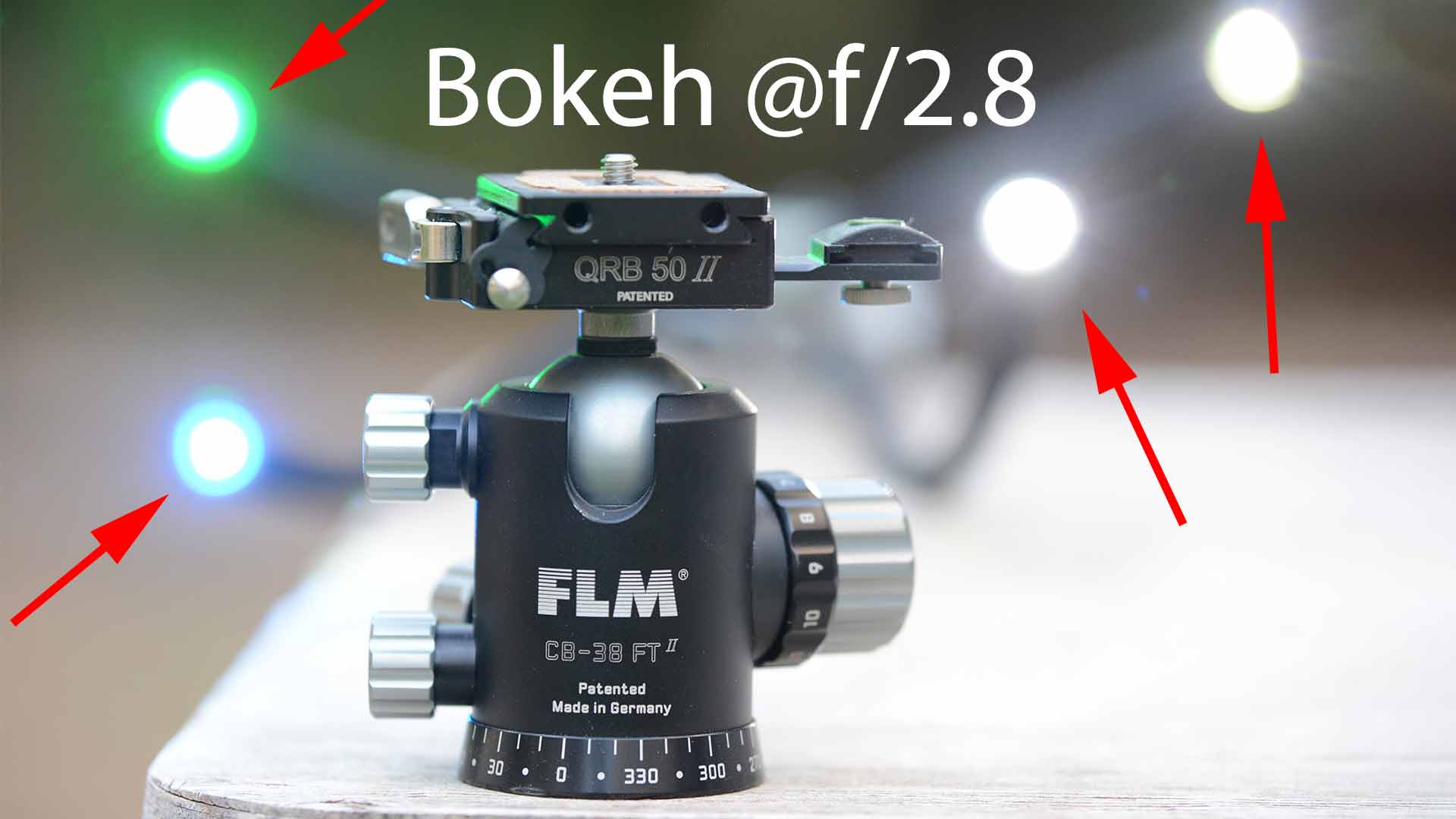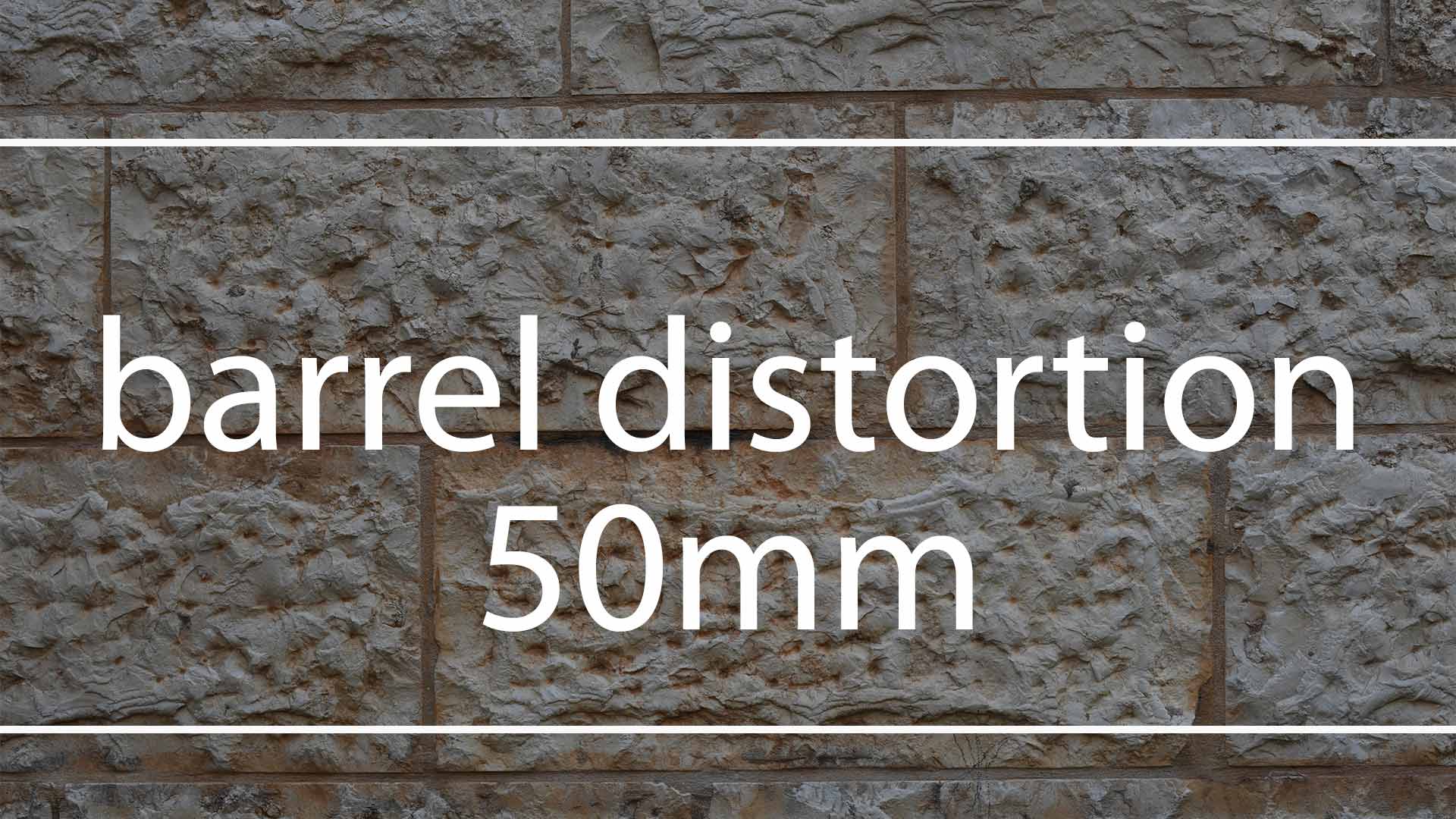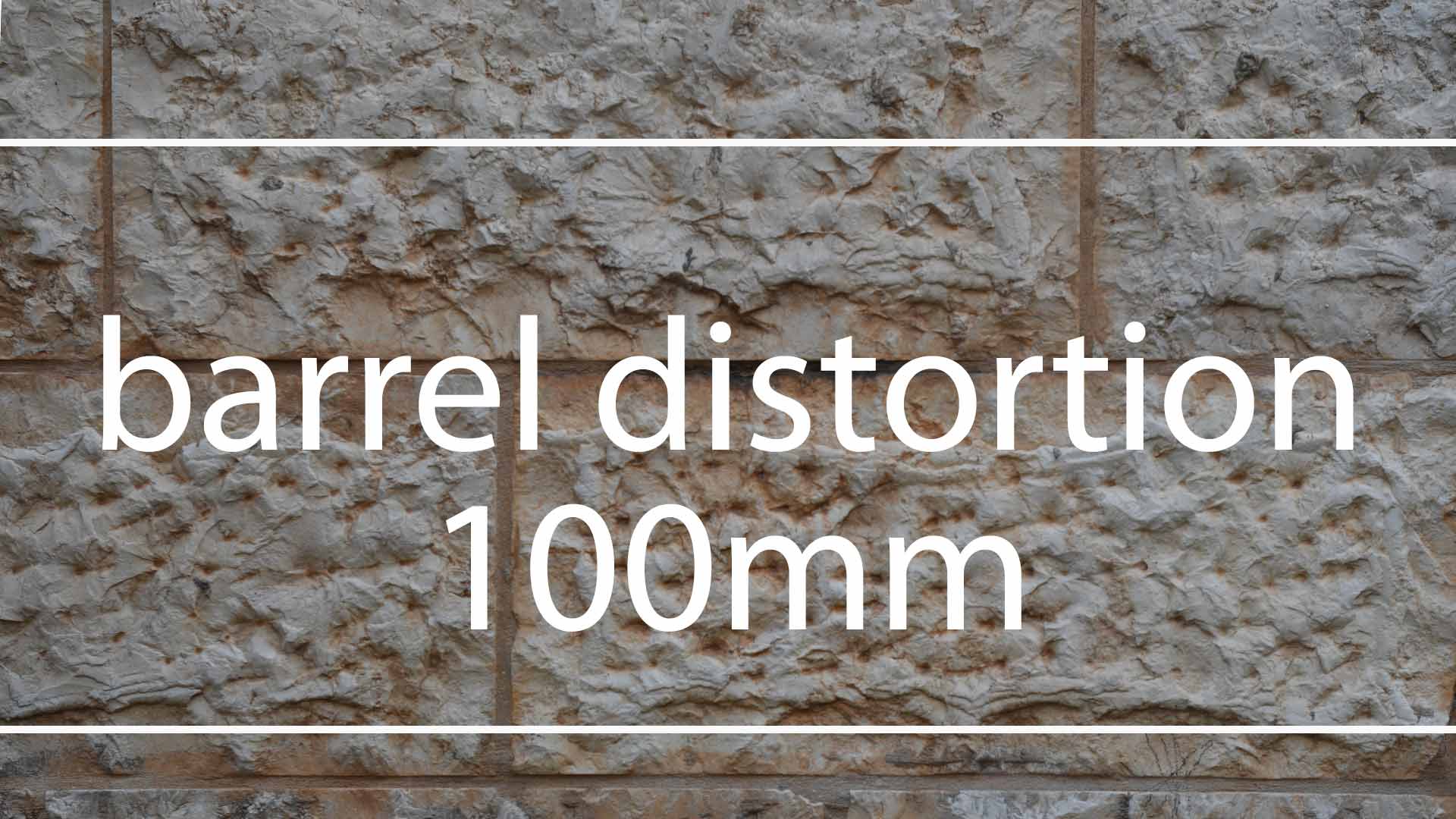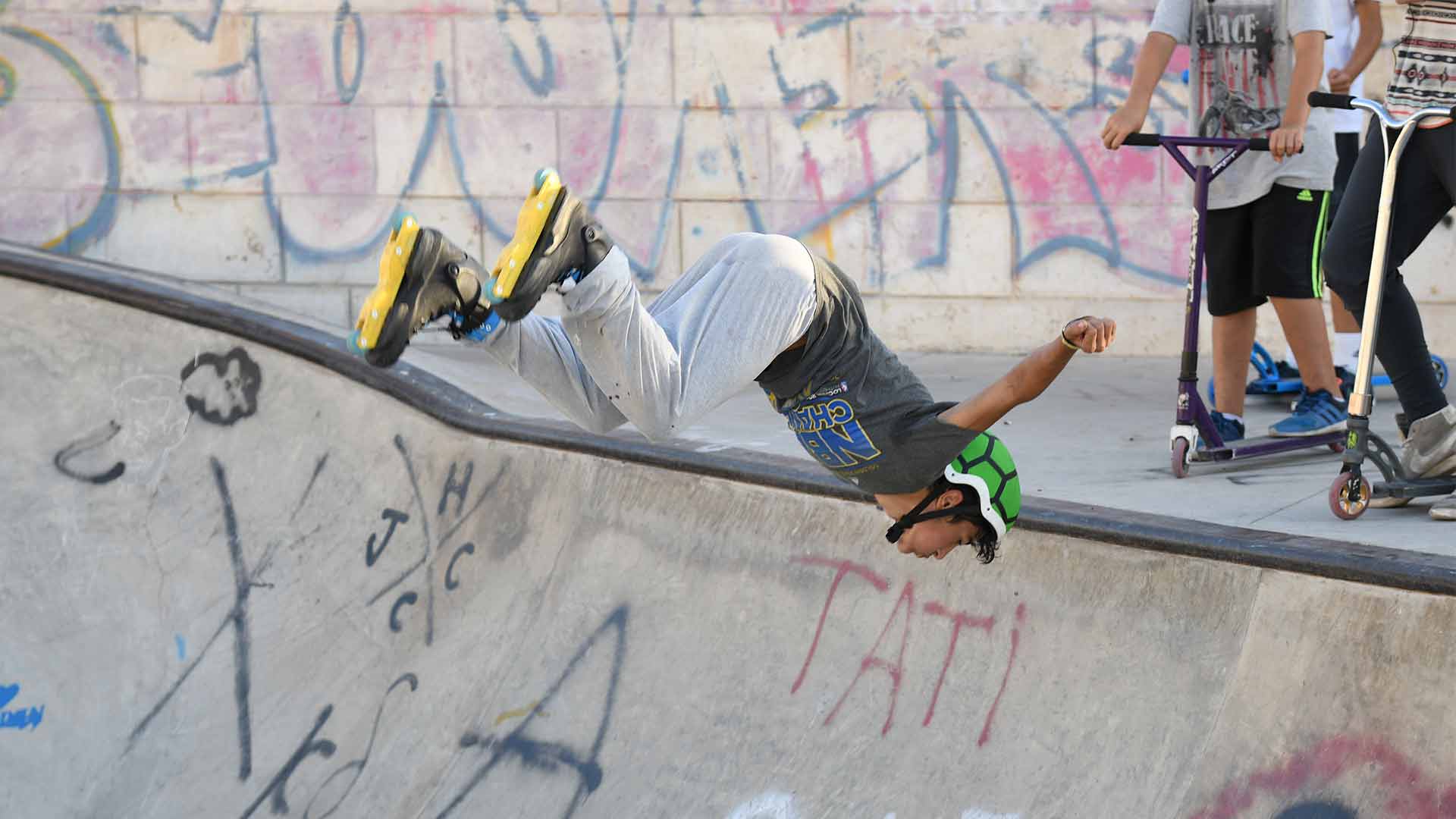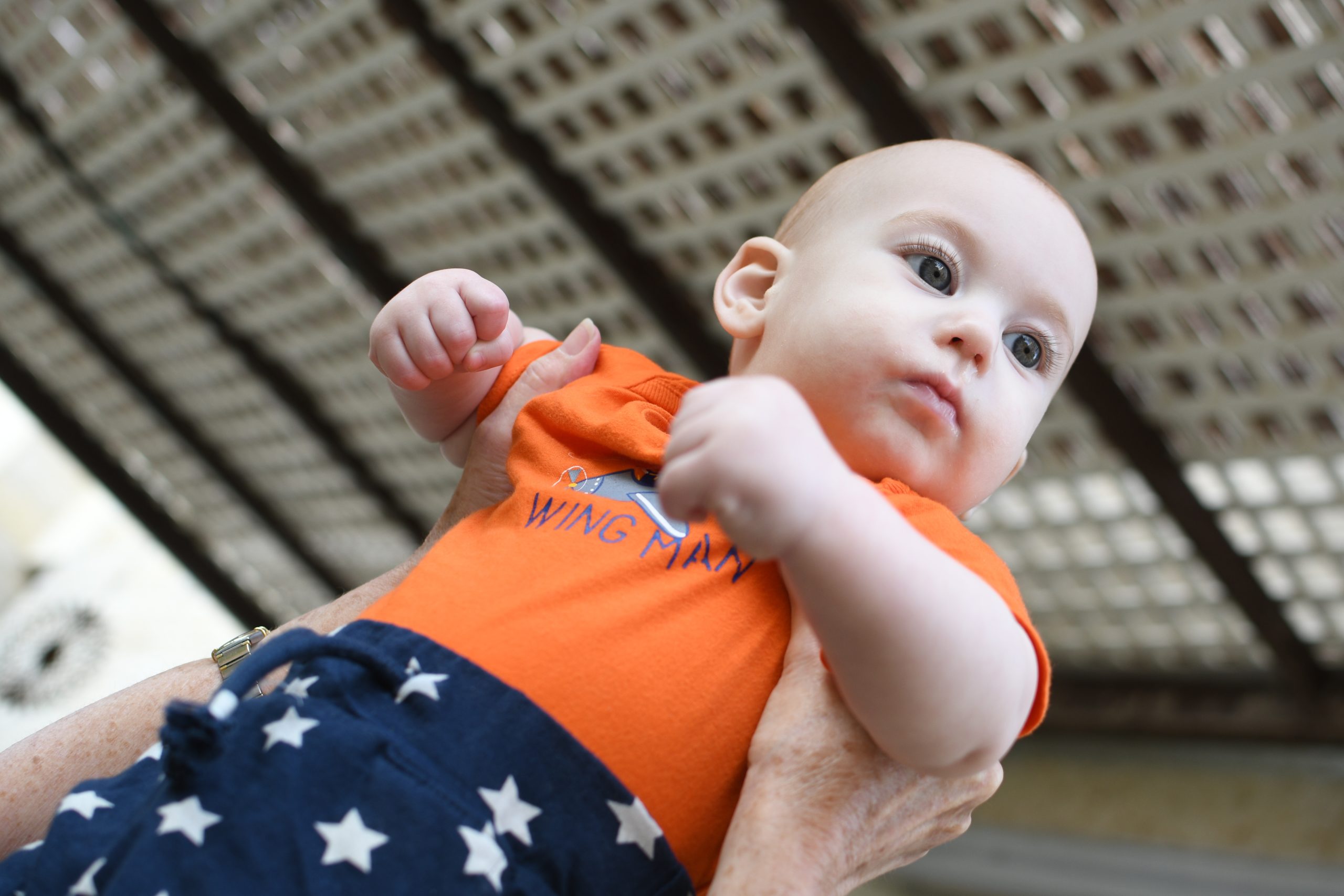We recently published our review of the Nikon D500. When we tested the camera we used it mostly with the Sigma 50-100mm f/1.8 which makes for a very powerful combination. This review reflects over a month of use with this very interesting and truly innovative lens.
Everybody was surprised when Sigma announced the 18-35mm f/1.8 ART lens a few years back. No other manufacturer had (or since then released) anything like it and it finally gave APS-C shooters a truly fast pro grade zoom lens they can enjoy and it was widely used ever since for both stills and video (now there is also a Cine version of it as we have seen in Photokina 2016 and you can see in the video as well).
Since then Sigma released other ART lenses but many users were waiting for the longer sister to the 18-35mm and earlier this year Sigma came through with the 50-100mm f/1.8. Some compare both lenses to the 24-70mm and 70-200mm full frame due – but they are actually kind of different – the Sigma are both 2X zoom lenses while the full frame versions are closer to 3X and despite their superior light gathering capabilities of the Sigma 50-100mm F1.8 DC HSM Art lens – in term of background blurring on a full frame vs. APS-C the results are pretty close.
The Sigma 50-100mm f/1.8 – a unique lens
Like we did with the D500 – here are our thoughts on the 50-100mm f/1.8:
- The build quality of the lens is very high as you would expect from an ART lens.
- The zoom ring is closer to the camera and has good friction. It is however a bit thin.
- The focus ring is in the front, it is wider and easier to adjust than the zoom in terms of friction.
- there is very little space between the two rings to hold the lens in a way that will not move any of the rings which can be a problem – especially if you have larger hands.
- The lens comes with a built in collar which works very well but in our opinion is actually the lens biggest design flaw. First you can’t remove it, second the foot is way too close to the zoom ring and is almost always in the way no matter how you adjust it, finally the foot itself is really small. We would much rather have a larger, longer foot which the user can remove (and we would definitely remove it immediately for most uses).
You can’t remove the lens collar and it can be in the way
- Other features worth mentioning are the AF/MF switch (the only switch on the lens), the hood which has a rubber grip that is the only way to attach it properly to the lens (we struggled with it a bit initially) and the very large 82mm front element (keep this in mind if you are going to use filters).
- As you can expect from a 50-100mm f/1.8 lens – it is big – about 190mm or 7.5 inches in length and heavy – just under 1.6kg or over 3.5 pounds.
- In term of features possibly the biggest miss here is the lack of image stabilization. This would make the lens even bigger, heavier and possibly larger (and certainly more expensive), but in our opinion it could have helped a lot when shooting handheld at low shutter speeds – and yes – even with f/1.8 you will shoot at low shutter speeds quite often – certainly indoors unless you want to kick the ISO way up.
- Before we talk about optical performance, let’s discuss AF performance. We used this lens with the Nikon D500 and our old D7100. Initially we got about 50%-60% hit rate with the D500. The misses were not consistent – it was not all front focus or all back focus. This was kind of surprising and after we talked to the CEO of Sigma during our interview in Photokina he suggested that we send the lens and the camera for calibration – which we did. The result was an improvement in AF accuracy to maybe around 70-80% hit ratio.
- We would mention that shooting at f/1.8 at 100mm isn’t a simple task and we also discovered that in order to get images which are not blurry with this lens (which as we mentioned has no image stabilization) you do need to use fast shutter speeds – preferably over 1/200 second or even more.
- On the bright side AF speed seems quite fast although the lens don’t have a limiter which could have been a nice addition.
- As for sharpness – we tested it on the D500 – wide open it is quite sharp all across the frame but if you close it down by about one stop you see a noticeable improvement in sharpness but even more so in contrast. Beyond f/2.8 you are not going to see a huge improvement in terms of sharpness or contrast which is pretty impressive.
Center sharpness
Corner sharpness
- In terms of vignette you see quite a bit of dark corners wide open which is reduced considerably at f/2.8 and is practically gone by f/4.
Vignette is present wide open but goes away quickly
- Against bright sunlight you can see some CA in some of the images that we took, on the bright side with the hood we didn’t encounter too much flare with the lens.
We did encounter some CA
CA can be sen in this image – 100%
At the end of the day, the 50-100mm is a very impressive lens optically with some inherent limitations including a lack of built in stabilization, pretty short focal range and a pretty bulky design. We could live with all of these if the AF performed consistently but at least on our testing and even after calibration which did seem to help somewhat, we still got more misses than we would like.
Bokeh at f/1.8 – look at the shape of the light sources
Bokeh at f/2.8 – nice round spheres
We would want to mention that other reviewers seem to have a different experience in this context – especially those using Canon cameras (see Christopher Frost review for example) so it might well be an issue which is brand specific or maybe even limited to specific models or even specifically to our test cameras and lens.
Practically no distortion at 50mm
Also no visible distortion at 100mm
You do need to learn to work with the lens, shoot at faster shutter speeds than you might otherwise consider handheld, and shoot more until you nail it – but when you do nail it – the result is just fantastic.
If you have a chance test the lens on your camera before you get it we would highly recommend that you do this and as long as you understand the limitations we just mentioned you can certainly consider this lens for your next purchase.
A few images we took with the Nikon D500 and D7100 and the Sigma 50-100mm f/1.8:
You can check out more LensVid exclusive articles and reviews on the following link.

You can support LensVid by shopping with our affiliate partners
Affiliates: Amazon, B&H, Adorama and E-bay.
Why should you trust us?